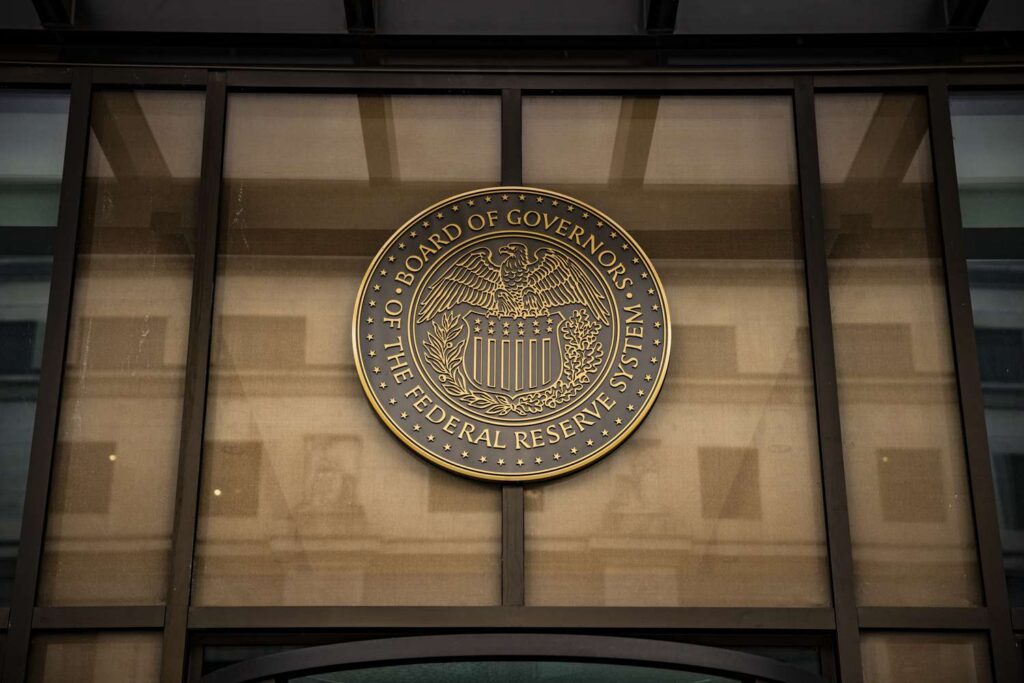 |
| Gold V.1.3.1 signal Telegram Channel (English) |

Federal Reserve Chair Jerome Powell Signals Cautious Rate Cuts as Inflation Moderates in Final Jackson Hole Speech
2025-08-23 @ 02:01
Federal Reserve Chair Jerome Powell delivered his final and highly anticipated address at the Jackson Hole Economic Symposium, marking a pivotal moment as his tenure nears its end. The speech, closely watched by investors, economists, and policymakers worldwide, provided crucial insight into the Fed’s latest thinking about the state of the economy, the outlook for interest rates, and the evolving approach to monetary policy.
State of the Economy: Resilience Amid Challenges
Powell began by acknowledging the resilience demonstrated by the U.S. economy over the past year despite a changing policy landscape. The labor market remains strong and near what the Fed considers maximum employment, even as the broader economy faces uncertainty from shifting global conditions and persistent yet reduced inflation compared to the immediate aftermath of the pandemic.
Inflation, Powell noted, has declined substantially from its post-pandemic peak, although some price pressures—especially those driven by higher tariffs—remain in specific goods categories. This moderation in inflation, paired with a loosening labor market, forms the backdrop for current policy deliberations.
Monetary Policy: A Data-Driven Approach
Powell emphasized that monetary policy is not on a predetermined path. Each decision made by the Federal Open Market Committee (FOMC) will depend fundamentally on the latest economic data and a thorough assessment of associated risks. He reiterated the Fed’s firm commitment to its dual mandate: achieving maximum sustainable employment and stable prices, with a clear reaffirmation of the 2% inflation target as the long-term goal.
This balanced approach means that while recent economic signals have tilted the case more toward easing, the Fed would proceed methodically. Powell rejected the notion of a hasty or large-scale interest rate cut, clarifying that any moves would be measured and justified by economic conditions—particularly as risks to inflation recede but uncertainties in job growth remain.
Interest Rate Outlook: When Will Cuts Happen?
One of the most pressing questions heading into the speech was if and when the Fed would cut rates, especially as markets have come to almost universally expect a reduction in September. Powell’s remarks didn’t disappoint: he signaled that the groundwork for a rate cut has strengthened, as the labor market slows and inflation remains largely contained.
However, Powell implied that the size and pace of rate cuts would remain conservative. While a 25-basis-point cut in September is now widely seen as likely, he refrained from endorsing more aggressive moves. The Fed, according to Powell, continues to weigh the risk that moving too aggressively could reignite inflation or create imbalances elsewhere in the financial system.
Stock Market Reaction and Investor Sentiment
Markets responded positively to Powell’s tone, with major equity indexes rising more than 1% after the speech. Investors interpreted the dovish shift in guidance—emphasizing patience and reacting to real economic weakness—as a green light for near-term policy easing. However, analysts warned that markets are now entering a phase of debate over just how far and how quickly the Fed can and should cut rates. The underlying message is that while rate cuts are coming, they will arrive only as justified by the data and not on political or speculative grounds.
Long-Term Policy Framework and Market Stability
Powell’s address also addressed the Fed’s longer-term policy framework. He highlighted the recent review of the Fed’s approach, stressing flexibility and the importance of remaining responsive to a world where economic and demographic forces are shifting. In particular, Powell reaffirmed the value of strong labor markets not only for economic stability, but for shared opportunities and broad-based prosperity across American communities.
Powell concluded with a reminder that the Fed’s commitment is not to any single outcome, but to a diligent process—one that prioritizes evidence, adapts as the risks change, and always keeps the broader public interest at the center.
Key Takeaways for Investors and Observers
- The Fed is likely to cut rates soon, but will do so cautiously and incrementally.
- Inflation is down from its peak, but the Fed remains vigilant about new sources of price pressures.
- The labor market’s gradual cooling has shifted the policy focus toward supporting continued economic expansion.
- Long-term, the Fed will continue to assess and adapt its framework to promote both stable prices and maximum employment, with no preset course for policy moves.
As Powell’s final Jackson Hole symposium closes, his address leaves markets bracing for an era of careful optimism—where economic data, rather than headline speculation, will chart the course for policy and the broader financial landscape.




